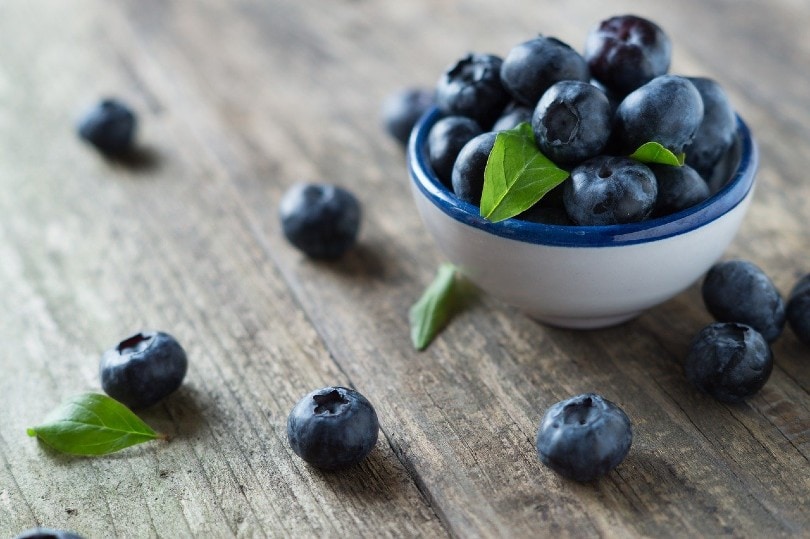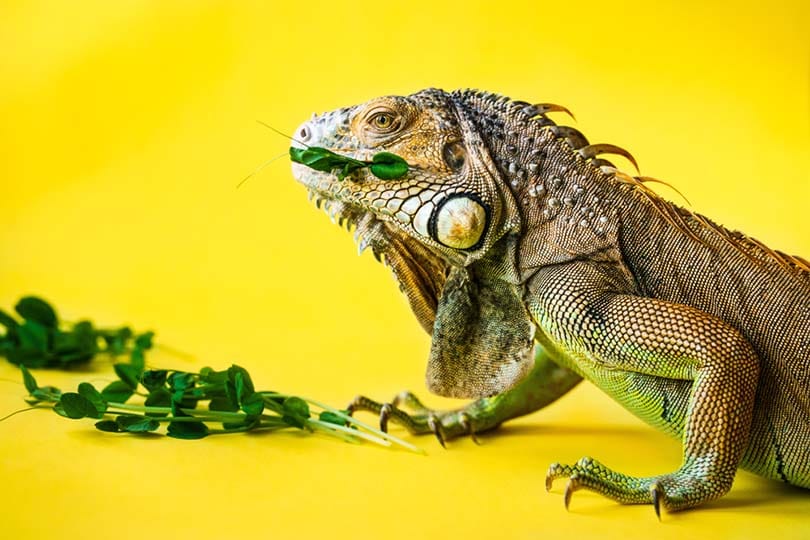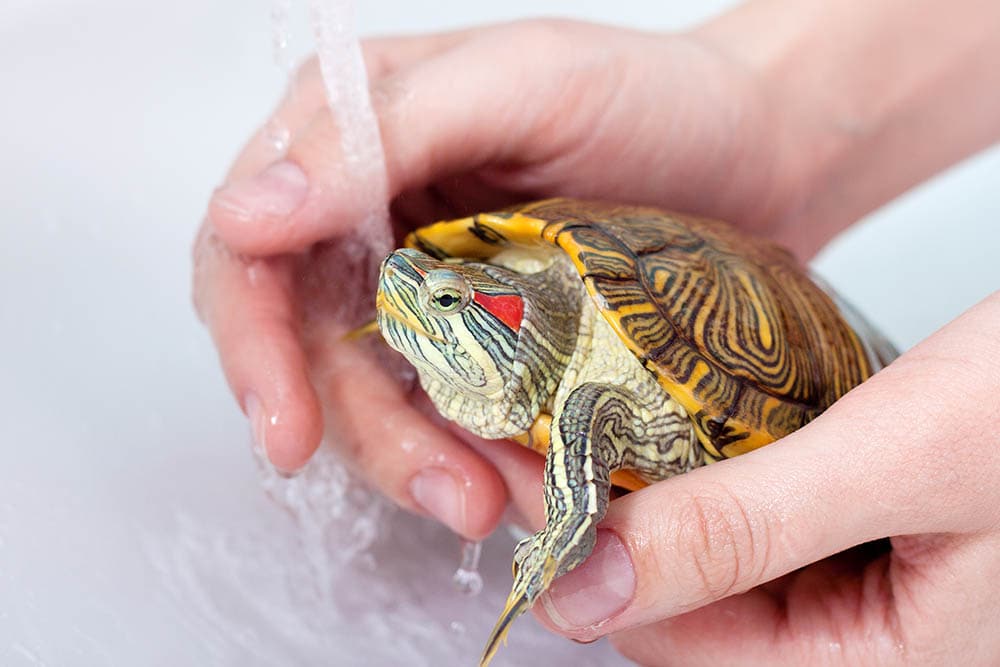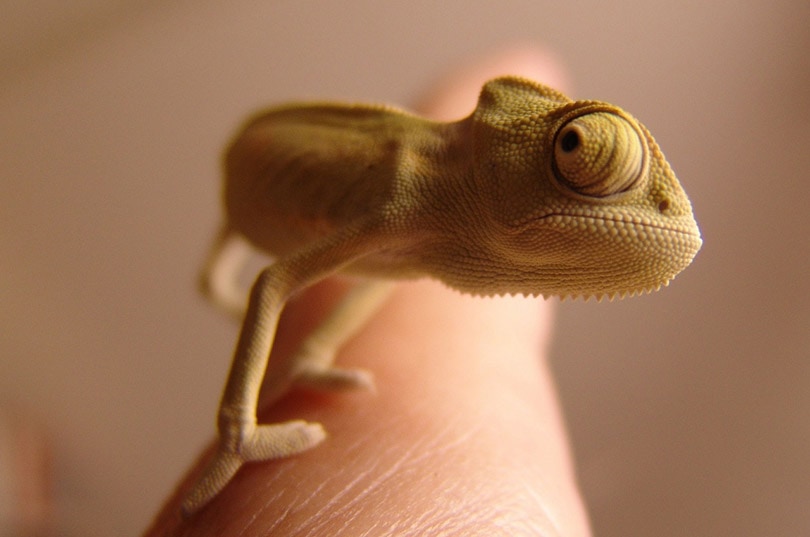
Blueberries are a popular fruit packed with antioxidants. Many people consider them healthy food, so it’s only natural to wonder if it’s also safe to feed them to your iguana. The short answer is yes, your iguana can eat blueberries, but there are several things to consider before making it a permanent part of their diet.
Keep reading while we look into the nutritional value of blueberries to see what benefits I can provide your pet, along with any dangers that might be present to help you be better informed.
Are Blueberries Good for Iguanas?
Antioxidants
Blueberries are high in antioxidants that may help your pet fight off disease so it can stay healthier longer. Antioxidants can also help your pet develop a stronger color.
Water
Blueberries have plenty of water that can help your pet stay hydrated. Some iguanas do not like to drink water, and fruit can be a useful tool to help them retain the moisture they need.
Low Fat
Blueberries are very low in fat, so they won’t contribute to heart disease or clog the arteries.

Are Blueberries Bad for Iguanas?
Sugar
Most experts recommend that no more than 10% of your iguana’s diet comes from fruit. All fruits, including blueberries, are extremely high in sugar and can cause your pets to gain weight and can even lead to tooth decay in your iguana. Like humans, obesity can lead to several health problems, including heart disease and diabetes.
Metabolic Bone Disease
Your iguana is susceptible to a serious condition called metabolic bone disease or MBD. MBD is a condition that results from a lack of calcium in your pet’s diet that can cause the bones to become soft and brittle. In extreme cases, it can cause your pet’s body to become flat, rendering it immobile. To avoid this condition, most experts recommend dusting the food with a calcium and vitamin D supplement.
It’s also important to avoid foods with more phosphorus than calcium because I can prevent it from getting absorbed by the body. The ideal ratio is two calcium to one phosphorus. Unfortunately, blueberries have about 9 milligrams of calcium and about 18 milligrams of phosphorus per cup, which is the reverse of what we want. Luckily 18 milligrams of phosphorus is very small, and it’s unlikely to prevent much calcium from being absorbed or leading to metabolic bone disease, especially since you will only give your pet a few blueberries and not a full cup.
How Should I Feed Blueberries to My Iguana?
As we mentioned earlier, fruit should make up no more than 10% of your pet’s diet. Furthermore, it’s better to offer your pet several different kinds of fruit for variety and to provide a better balance of nutrients. So, you will only be feeding your pet a few blueberries once or twice per week as part of a much larger diet.

What Else Should I Feed My Iguana?
Leafy Greens
Most owners recommend providing your iguana with a diet that consists of 60% leafy greens like dandelion greens and collard greens. Cut all of the food you provide your iguana into small pieces to prevent it from choking enter reduce the risk that the food will get caught in her pet’s throat.

Vegetables

Most owners recommend providing your path with 30% colorful vegetables, like green and red peppers, peas, and green beans. Vegetables are one of your iguana’s favorite foods as it is highly attracted to the brake colors. We recommend providing your pet with as many different colors as possible to make it more excited about eating and provide them with more vitamins and minerals per meal.
Fruit

As we mentioned earlier, most owners recommend providing your pet with about 10% fruit. You can offer your iguana several fruits besides blueberries, including apples, raspberries, and strawberries. You can add the fruit right into their dinner as part of a larger salad or keep some on the side to use as a treat later.
Summary
Blueberries can make a great addition to your iguana’s regular diet if you keep it to less than 10% of their total daily calories. A balanced diet of leafy greens, vegetables, and fruit is the best way to keep your pet healthy and happy, and blueberries would make a great addition to that balanced diet.
We hope you have enjoyed reading over our look into the safety of feelingless fruit to your pet and found the answers you need. If we have improved mealtime for your reptile, please share this guide to feeding blueberries to your iguana on Facebook and Twitter.










